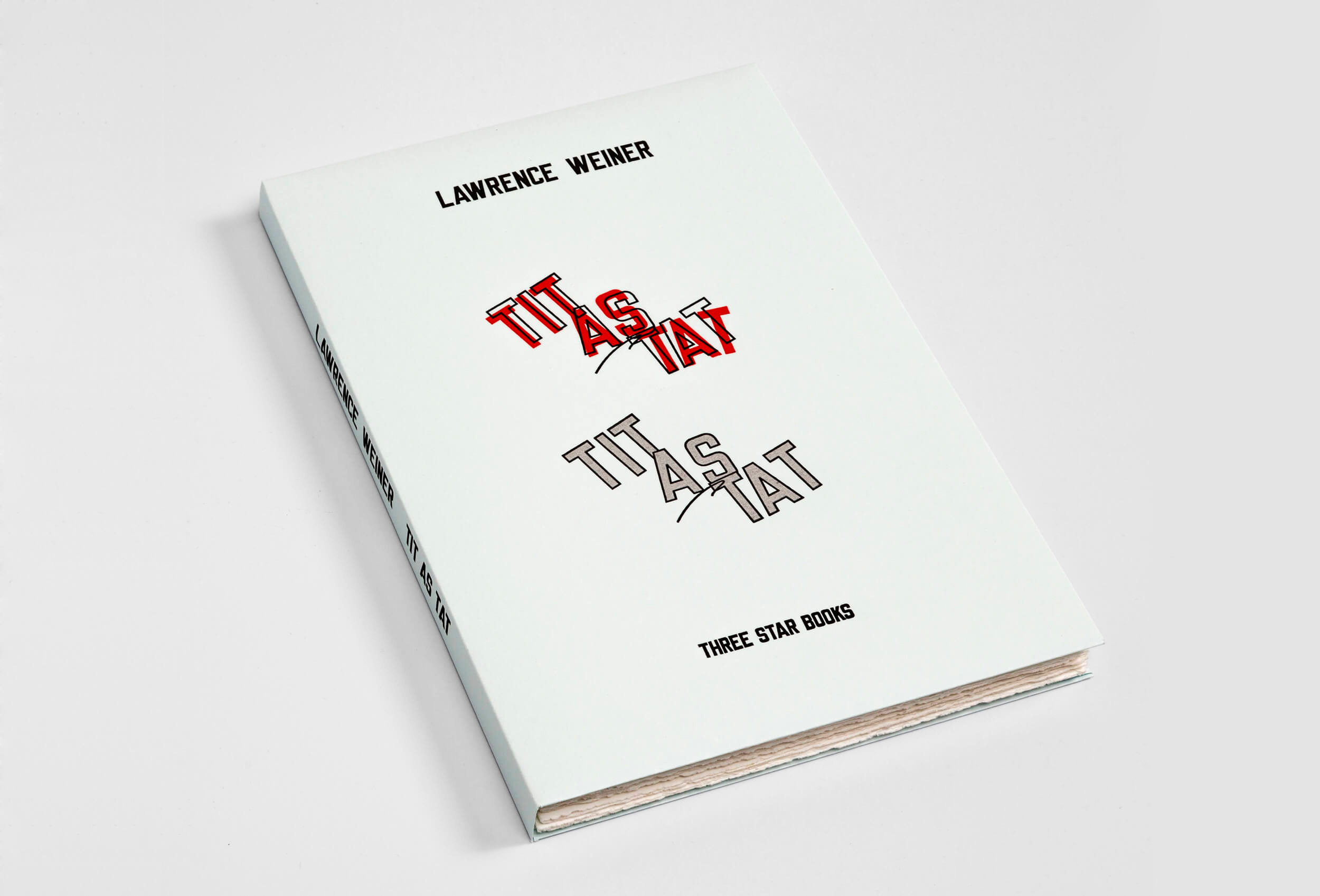Lawrence Weiner's half-century career has spanned periods that ranged from Informel and Abstract Expressionism, to abstraction from same, to the espousal of machine-made or industrially-produced art, to positing ideas as the central tenet of art, even at the expense of form. All the while, Lawrence Weiner has steadfastly adhered to a language-based practice, after beginning in the post-minimalist painting mode, only to destroy (via fire), his last (black) paintings.
Joining fellow artists Douglas Huebler, Carl Andre, and Robert Barry, in the contexts of magazine work and exhibitions, Weiner became one of the flag-bearers of orthodox Conceptualism, positioning flares in the rough shape of paintings, treating publications as exhibitions, and making work which occupied liminal space, rather than any physical realm. Nonetheless, Weiner often called his work “sculptures”, and was one of the few artists to avoid systematically using the certificate or other hobby-horses of Conceptualism. His best-known work includes the “Declaration of Intent” (1968): 1. The artist may construct the piece. 2. The piece may be fabricated. 3. The piece need not be built. Each being equal and consistent with the intent of the artist the decision as to condition rests with the receiver upon the occasion of receivership. Weiner created his first artist's book, “Statements”, in 1968, a 64-page offset publication, with texts describing projects.
Joining fellow artists Douglas Huebler, Carl Andre, and Robert Barry, in the contexts of magazine work and exhibitions, Weiner became one of the flag-bearers of orthodox Conceptualism, positioning flares in the rough shape of paintings, treating publications as exhibitions, and making work which occupied liminal space, rather than any physical realm. Nonetheless, Weiner often called his work “sculptures”, and was one of the few artists to avoid systematically using the certificate or other hobby-horses of Conceptualism. His best-known work includes the “Declaration of Intent” (1968): 1. The artist may construct the piece. 2. The piece may be fabricated. 3. The piece need not be built. Each being equal and consistent with the intent of the artist the decision as to condition rests with the receiver upon the occasion of receivership. Weiner created his first artist's book, “Statements”, in 1968, a 64-page offset publication, with texts describing projects.

